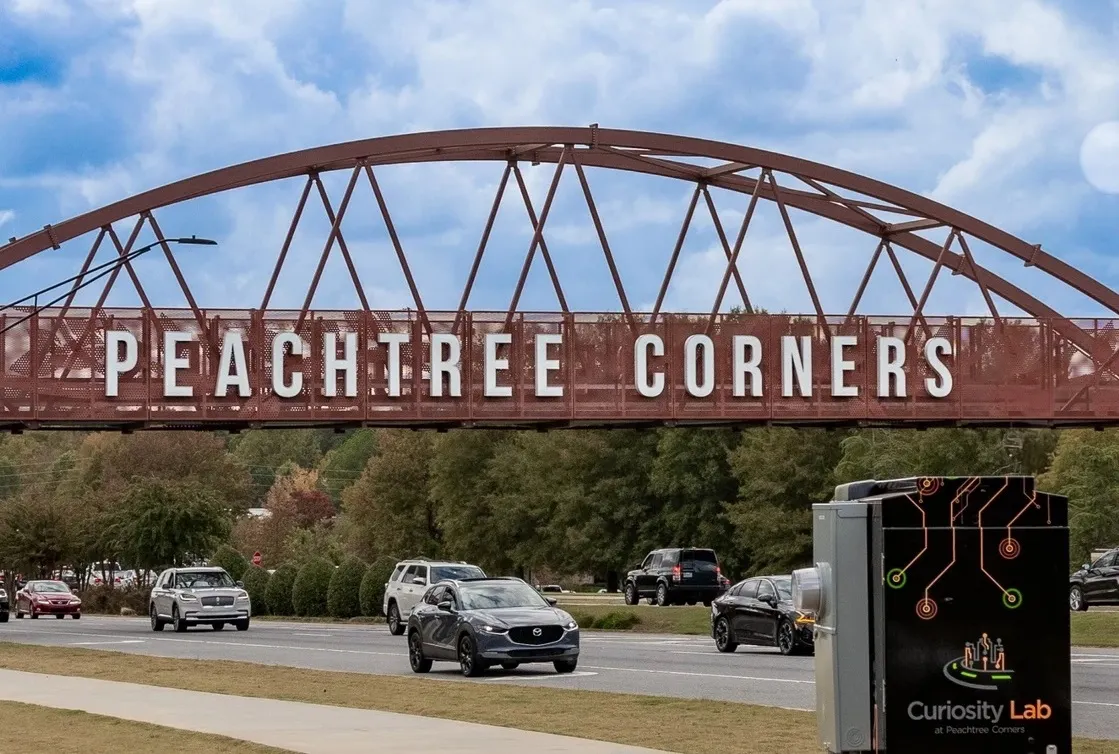Genetec has launched what it claims is the world's smallest high-resolution Licence Plate Recognition (LPR) camera - the AutoVu SharpX. Designed specifically for mobile law enforcement applications, although the device is just 42mm (1.65 in) tall, the company claims it achieves the industry's highest plate capture rates by providing two to three times higher resolution than other solutions. Moreover, it is capable of reading up to differential speeds over 320 km/h (200mph), across three lanes of traffic. Th
January 30, 2012
Read time: 1 min

"The feedback from all initial trials has been overwhelmingly positive. This unit is truly the next generation in LPR hardware."










